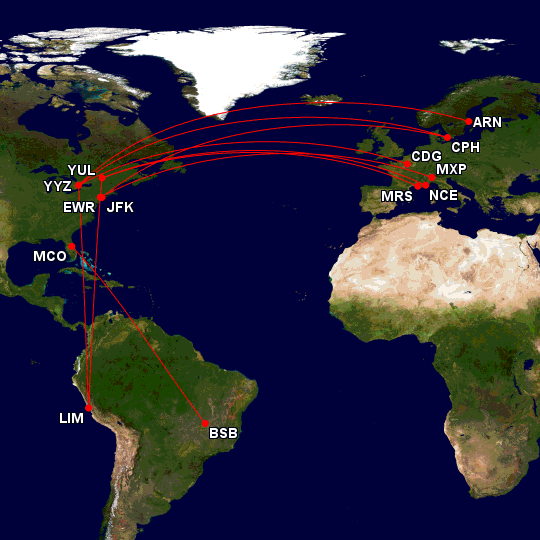Narrow-body aircraft, once confined to shorter routes, are now stretching their wings across continents, redefining the boundaries of air travel. More and more airlines are pushing the limits of what is possible with narrow-body aircraft. Currently, the Airbus A321neo, primarily the LR variant is used widely to operate long-haul narrow-body flights.
La Compagnie’s (B0) Flight B0300 from Milan-Malpanse to Newark is currently the World’s longest non-stop narrow-body flight, lasting around 8 hours and 30 minutes on average. This flight is operated by an Airbus A321neo aircraft.
In this post, we share the World’s 10 longest non-stop flights operated by narrow-body aircraft in 2024.
The 10 Longest Narrow-body Flights in the World
*Note that all routes are ranked by “great circle” distance. Flights are on a non-stop basis.
1. Milan-Malpensa, Italy to Newark, USA, Flight B0300
Airline: La Compagnie (B0)
Flight Distance: 6,453 km (3,485 NMI)
Flight Time: 8 Hours, 30 Minutes
Aircraft: Airbus A321neo (A321LR)
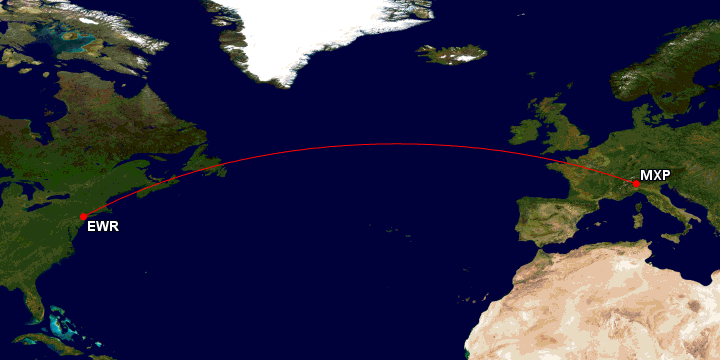
2. Lima, Peru to Montreal, Canada, Flight TS151
Airline: Air Transat (TS)
Flight Distance: 6,376 km (3,443 NMI)
Flight Time: 8 Hours, 10 Minutes
Aircraft: Airbus A321neo (A321LR)
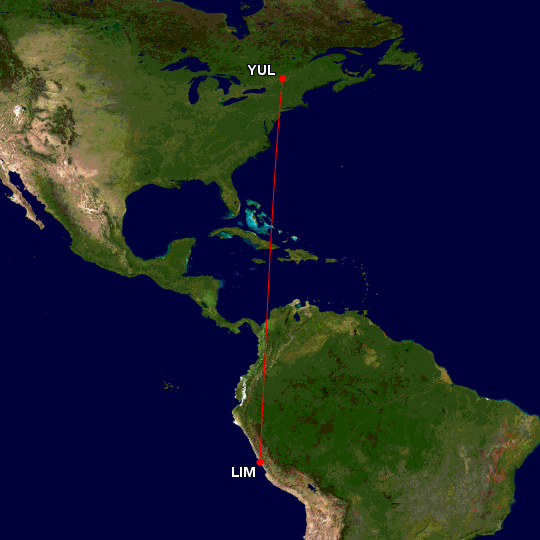
3. Stockholm, Sweden to Toronto, Canada, Flight SK947
Airline: SAS Scandinavian Airlines (SK)
Flight Distance: 6,331 km (3,419 NMI)
Flight Time: 8 Hours, 15 Minutes
Aircraft: Airbus A321neo (A321LR)
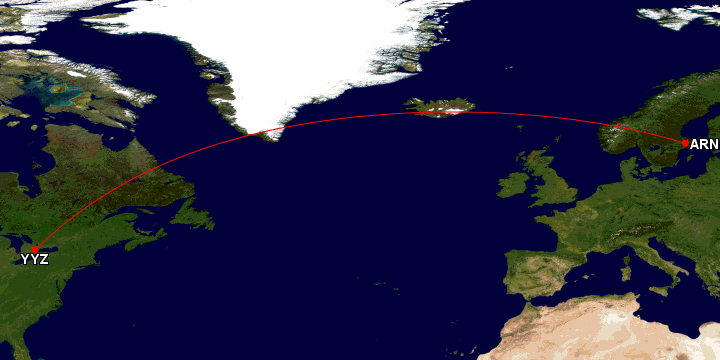
4. Copenhagen, Denmark to Toronto, Canada, Flight SK949
Airline: SAS Scandinavian Airlines (SK)
Flight Distance: 6,288 km (3,395 NMI)
Flight Time: 8 Hours, 10 Minutes
Aircraft: Airbus A321neo (A321LR)
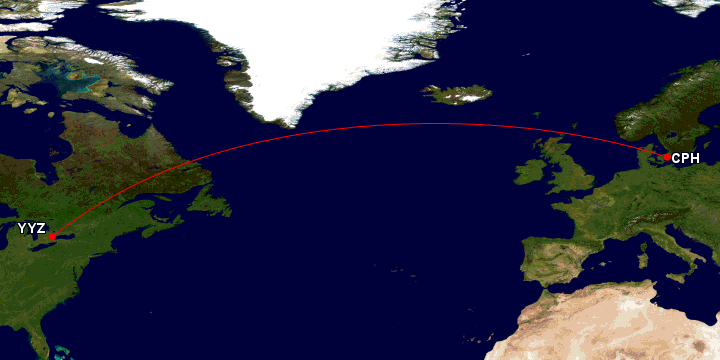
5. Copenhagen, Denmark to New York-JFK, USA, Flight SK913, SK915
Airline: SAS Scandinavian Airlines (SK)
Flight Distance: 6,206 km (3,351 NMI)
Flight Time: 8 Hours, 5 Minutes
Aircraft: Airbus A321neo (A321LR)
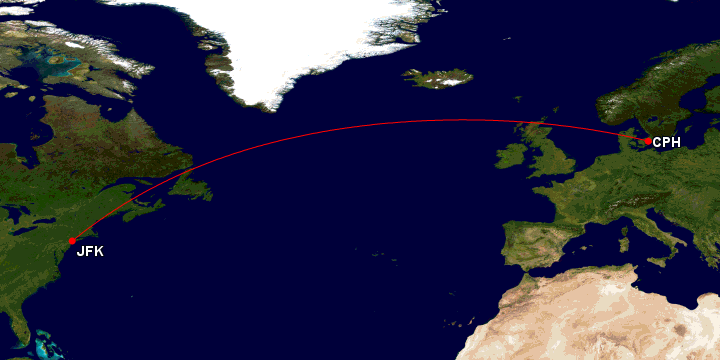
6. Lima, Peru to Toronto, Canada, Flight TS153
Airline: Air Transat (TS)
Flight Distance: 6,173 km (3,333 NMI)
Flight Time: 8 Hours
Aircraft: Airbus A321neo (A321LR)
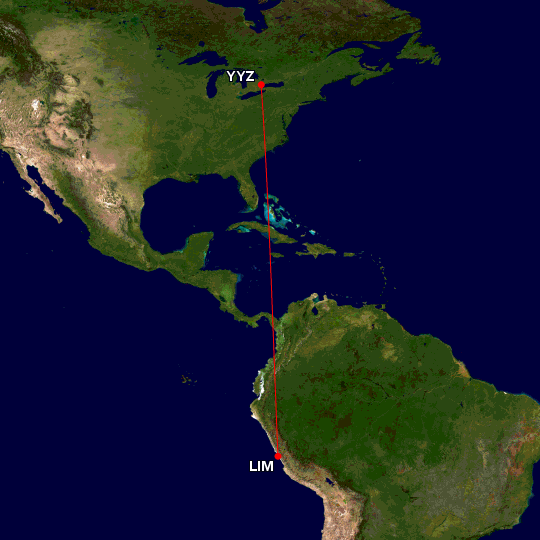
7. Montreal, Canada to Nice, France, Flight TS629
Airline: Air Transat (TS)
Flight Distance: 6,145 km (3,318 NMI)
Flight Time: 8 Hours
Aircraft: Airbus A321neo (A321LR)
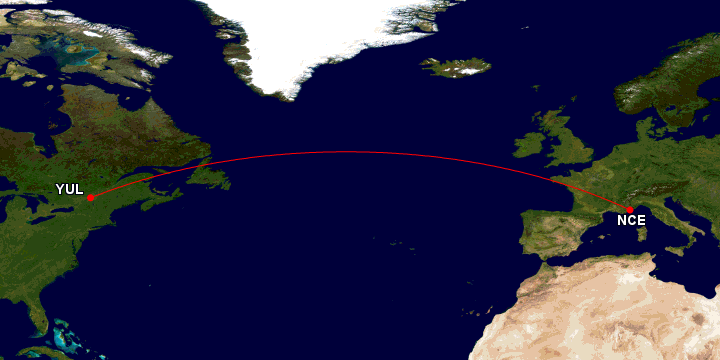
8. Brasilia, Brazil to Orlando, USA, Flight G37602
Airline: Gol Linhas Aereas (G3)
Flight Distance: 6,079 km (3,283 NMI)
Flight Time: 7 Hours, 45 Minutes
Aircraft: Boeing 737 MAX 8
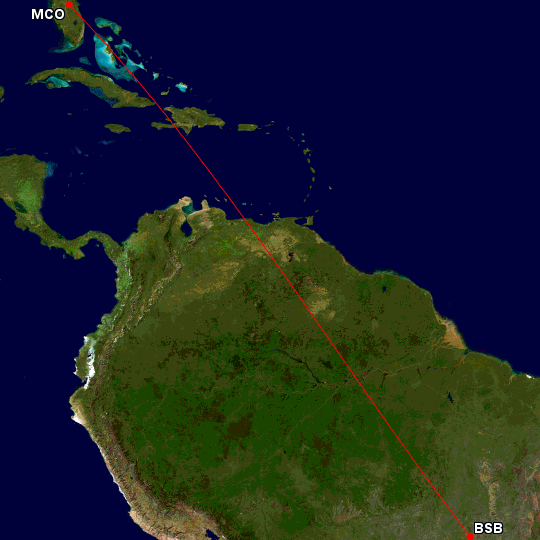
9. Toronto, Canada to Paris CDG, France, Flight TS189
Airline: Air Transat (TS)
Flight Distance: 6,037 km (3,260 NMI)
Flight Time: 7 Hours, 45 Minutes
Aircraft: Airbus A321neo (A321LR)
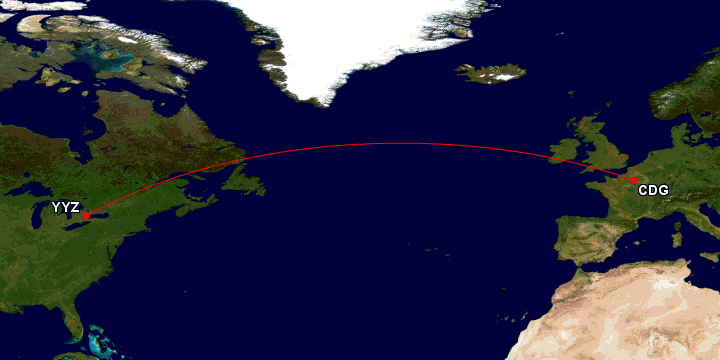
10. Marseille, France to Montreal, Canada, Flight TS435
Airline: Air Transat (TS)
Flight Distance: 6,022 km (3,251 NMI)
Flight Time: 7 Hours, 40 Minutes
Aircraft: Airbus A321neo (A321LR)
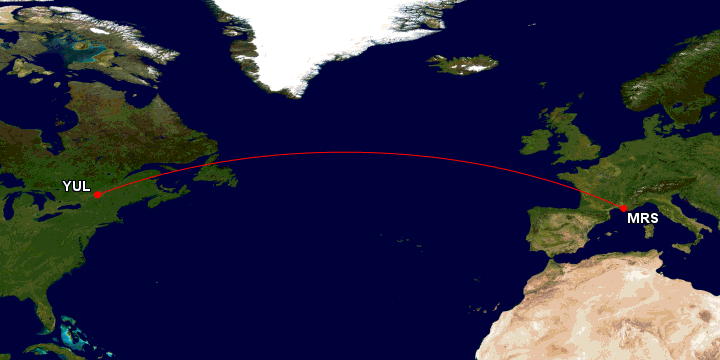
With the Airbus A321XLR expected to enter service soon, we can expect even longer narrow-body flights to become a reality, potentially revolutionizing long-distance travel on single-aisle aircraft. Airbus expects to deliver its first Airbus A321XLR in the third quarter of 2024.
As of now, more than 500 A321XLRs have been ordered, from customers around the world. Some of the A321XLR customers including United Airlines and Icelandair plan to replace their aging Boeing 757s with the A321XLRs.
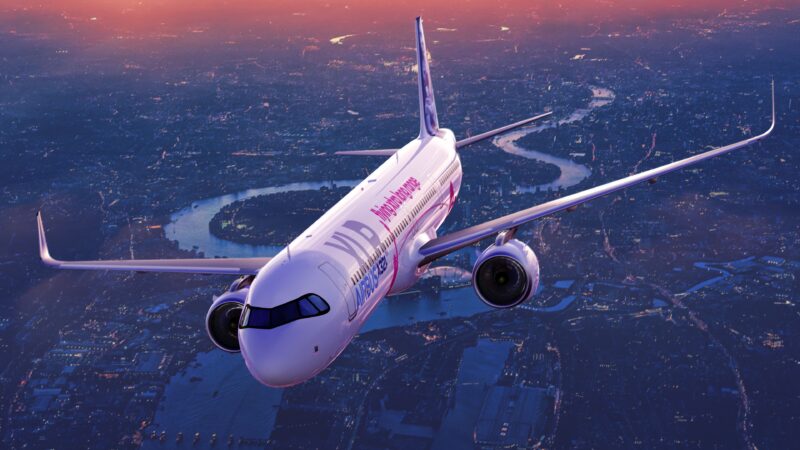
A Disadvantage to Passengers?
Long-haul narrow-body flights offer airlines a chance to expand routes and potentially lower fares for passengers. But what about the passenger experience on these extended single-aisle journeys? Here’s a look at the pros and cons:
Pros:
- Direct Flights: Long-haul narrow-body flights can serve smaller destinations without needing a major hub connection, potentially saving you overall travel time.
- Potentially Lower Fares: Airlines benefit from the lower operating costs of narrow-body aircraft, which may translate to more affordable ticket prices for passengers.
Cons:
- Tighter Quarters: Narrow-body cabins offer less space compared to wide-body aircraft. This can mean smaller seats, less legroom, and potentially limited overhead bin space.
- Boarding Blues: Single-aisle boarding can be a slower process, especially when the flight is full. Be prepared for some extra waiting time before takeoff.
- Limited Amenities: With less overall space, narrow-body aircraft might have fewer in-flight amenities compared to wide-body options.
- Restroom Roulette: Since most restrooms are located at the rear of the aircraft, frequent trips can be disruptive, especially for passengers seated further forward.
- Slower Speeds: Narrow-body aircraft typically cruise at slower speeds than wide-body aircraft. This might not be a major factor on calm journeys, but strong headwinds, particularly on westbound transatlantic routes, can significantly extend flight times.
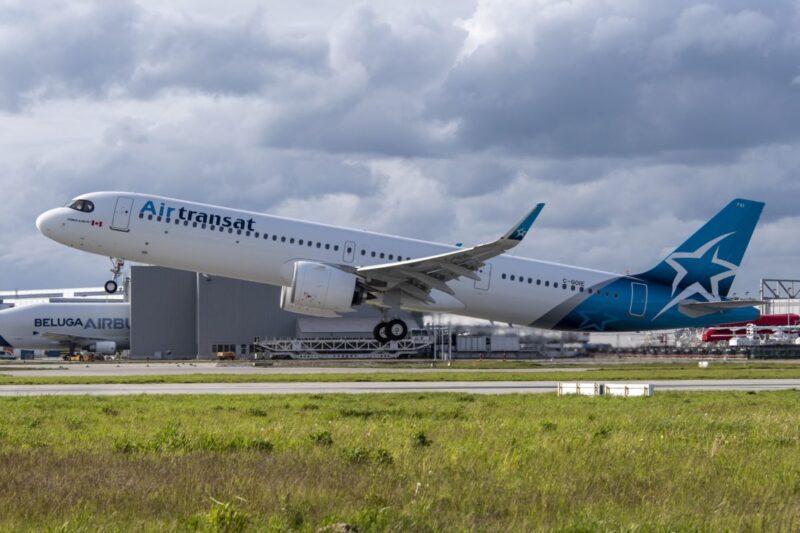
Video
Sources: Cirium SRS Analyser, GC Map


